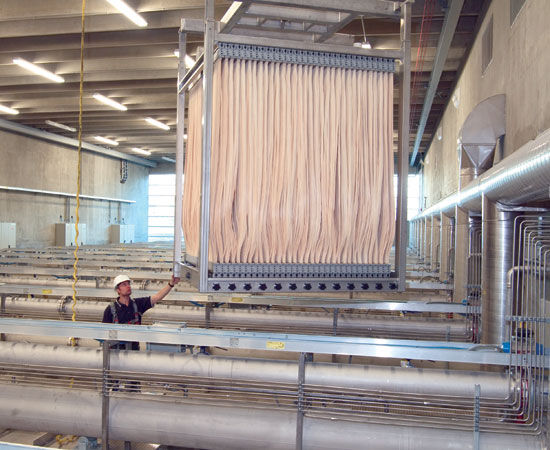
Membrane Bioreactor (MBR) technology has emerged as a highly efficient and reliable solution for wastewater treatment in Effluent Treatment Plants (ETPs). Combining the biological treatment process with advanced membrane filtration, MBRs have revolutionised the field of water treatment by offering enhanced treatment efficiency, superior effluent quality, and a range of operational benefits.
The integration of membranes in the bioreactor not only ensures the removal of suspended solids, pathogens, and contaminants but also provides greater process stability, reduced footprint, and increased flexibility. As a result, MBR technology has gained significant recognition as a viable alternative to traditional methods in ETPs, offering improved performance, cost savings, and the potential for water reuse.
Why is MBR a superior alternative to conventional technologies in ETPs:
- Enhanced Treatment Efficiency: MBRs offer superior treatment efficiency compared to conventional technologies. The advanced membrane filtration process effectively removes suspended solids, pathogens, and contaminants, resulting in higher-quality treated water.
- Smaller Footprint: MBRs require a smaller physical footprint compared to traditional treatment methods. By integrating the biological process and membrane filtration into a single system, you can optimize space utilization and potentially reduce land requirements.
- Consistent High-Quality Effluent: MBRs produce a consistent and high-quality effluent, meeting stringent water quality standards and regulatory requirements.
- Reduced Sludge Production & related costs: MBR technology typically generates less sludge compared to conventional technologies.
- Increased Process Stability: MBRs offer greater process stability and operational control. The membrane filtration provides a physical barrier against fluctuations in influent quality, allowing for stable and reliable treatment performance.
- Scalability and Flexibility: MBR technology is scalable and can be customized to meet varying plant capacity and design requirements.
- Improved Odor Control: MBRs reduce the risk of odour issues compared to conventional technologies, as the membrane filtration process effectively captures and retains odorous compounds.
- Long-Term Cost Savings: While MBR systems may have higher upfront costs compared to traditional treatment methods, they can offer long-term cost savings. Reduced chemical usage, lower energy consumption, and potential savings in sludge management and disposal costs contribute to the economic viability of MBR technology.
How to choose the right MBR for your ETP?
- Membrane Configuration: MBR systems can have different membrane configurations, such as hollow fiber, or flat sheet membranes. Hollow Fibre membranes are usually considered superior due to higher flux, easier cleaning and ease of installation.
- Robustness of fiber : Reinforced fiber is extremely important in MBR modules because it enhances the mechanical strength of the membrane, ensuring its durability and ability to withstand high pressures and physical stresses, thereby extending its operational lifespan.
- Membrane Material: MBR membranes are typically made of polymeric materials like polyvinylidene fluoride (PVDF) or ceramic. Consider the chemical compatibility of the membrane material with the wastewater characteristics to ensure longevity and minimize degradation or fouling.
- Flux and Hydraulic Retention Time (HRT): Flux refers to the rate at which water permeates through the membrane surface area, and HRT is the average time wastewater spends in the bioreactor tank. Higher flux can improve treatment efficiency, but it may also lead to increased fouling. Balancing the flux and HRT is essential to achieve optimal performance.
- Energy Efficiency: Consider the energy consumption of the MBR system, including aeration for oxygen supply and membrane cleaning. Look for technologies that offer energy-efficient operations to minimize operating costs.
In conclusion, choosing a Membrane Bioreactor (MBR) for an Effluent Treatment Plant (ETP) offers several advantages. MBR systems provide efficient and reliable wastewater treatment, combining biological processes with membrane filtration for enhanced pollutant removal.
The compact footprint, high-quality effluent, and potential for nutrient removal make MBRs suitable for a wide range of ETP applications.

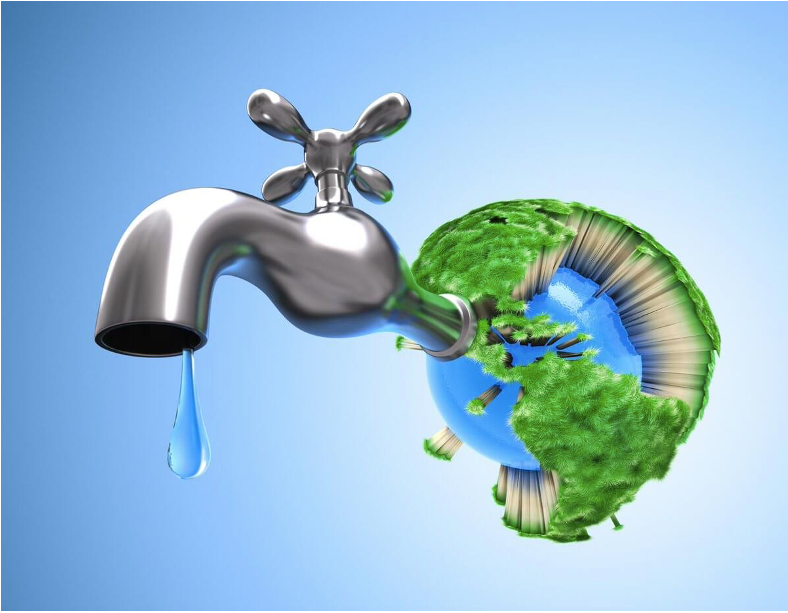

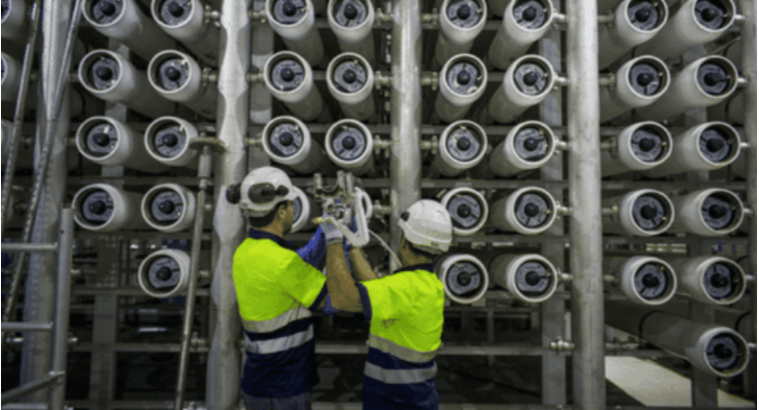
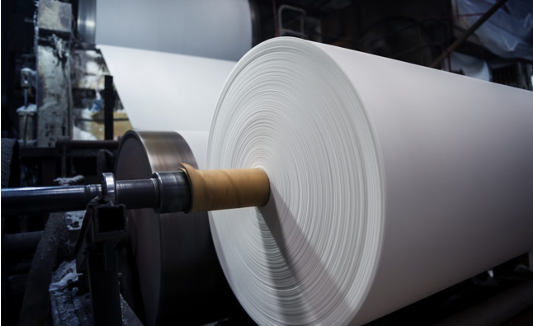
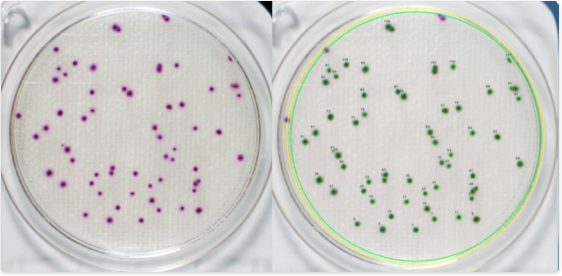
About The Author: Pure Water
More posts by Pure Water